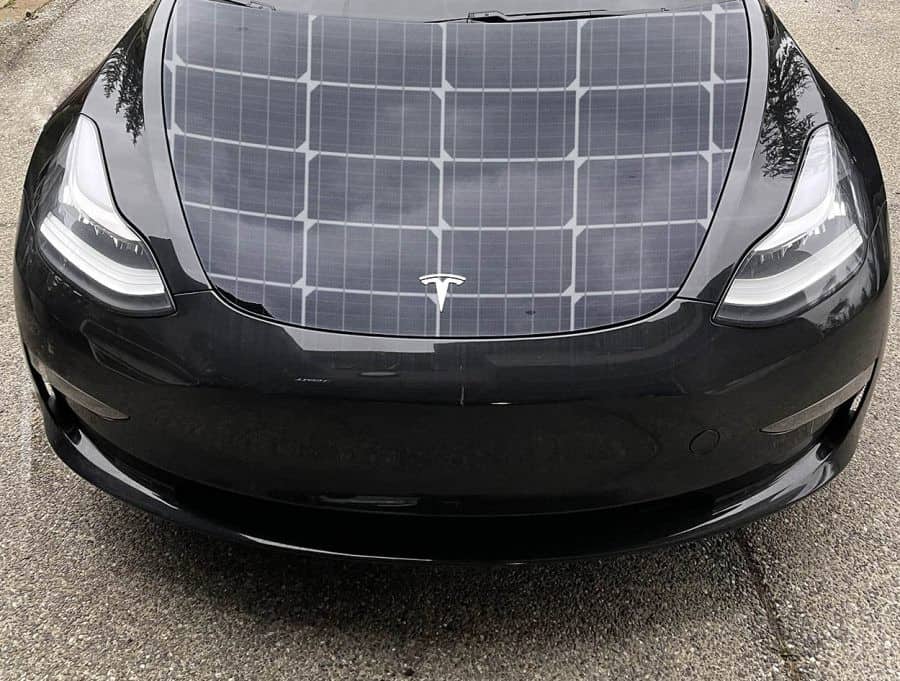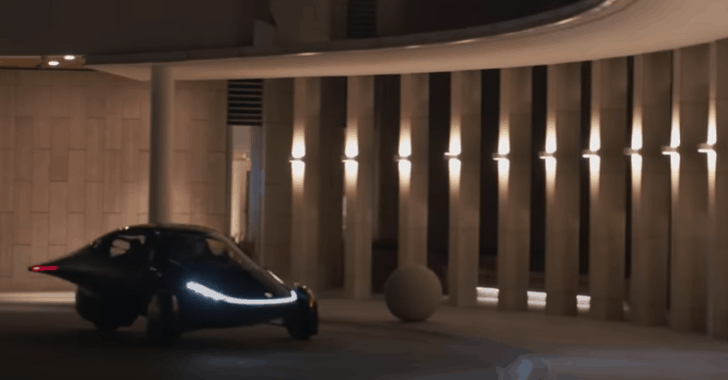Why Doesn’t Tesla Put Solar Panels on Cars?
Many people purchase a Tesla in the hopes of reducing their carbon footprint. In reality, the energy that charges the electric vehicle is often generated by less than environmentally friendly fuels. It begs the question of why the world’s top producer of electric vehicles and a pioneer in solar energy systems have not combined the two. Tesla does not put solar panels on cars because there is not enough surface area on a standard electric vehicle to generate sufficient power. Many electric vehicles come with solar panels, but they provide little to no benefit, barely getting a few miles of travel time after hours of charging. With a lack of practicality, this concept is one that just will not happen unless serious developments in modern solar panels are made. The impracticality of solar panels on the electric vehicle itself has been addressed by Tesla in the past. Read on to learn why solar panels and your Tesla are not that compatible. Solar Panels on Cars Is Inefficient When generating solar power, more area exposed to the sun equals more energy generated for later use. Cars, especially electric cars, are compact. They are often kept in a garage or under a carport. Their exposure to the sun is little to none unless they are driving or parked on the street. Keep in mind they need direct solar exposure too. There were talks back in 2017 to put panels on the Tesla Model 3. The way the system was proposed to operate would see a convertible solar panel unfold from the trunk to cover the electric vehicle when parked. This increase in surface area would definitely generate more power, but the practicality was called into question. Some problems include: Deployment times could be inconvenient The panel could take up too much space in more enclosed areas The power generated would still be very limited The panel would add to production cost The panel would be another concern for maintenance Elon Musk has gone over the glaringly obvious drawbacks of solar panels being installed onto the electric vehicle itself. For an extra twenty to thirty miles of range versus all of the time, energy, and resources needed to develop this system, the ends do not justify the means. Tesla has pointed to these obstacles many times before. The best systems that exist today in other electric vehicles generate enough power to drive less than two miles after eight hours of charging. As you can see, this is an impractical idea that just will not happen until panels can produce much more output. Tesla’s Solar Roof and other systems are viable options for those seeking clean energy. Are There Panels on Larger Tesla Vehicles? In 2021 people will potentially see the first generation of solar panels on a Tesla vehicle. Elon Musk has hinted that the tonneau cover on the Cybertruck could be covered with solar panels. He’s also mentioned the possibility for additional fold-out solar panels. These would likely come from the sail pillar store area on the side of the bed. The desire to have an efficient, solar-powered vehicle is there, but the yield is not enough for any substantial generation. This feature will add around 15 miles of range a day without having to be folded out from the trunk every time you park. The fact that you can leave the electric truck alone and simply charge the battery, coupled with its larger size, makes it a much more practical option for carrying solar panels. However, do not expect any major charging. This increase is minimal and will not be anywhere near the amount of power needed to charge the entire battery. The same can be said for Tesla’s largest electric vehicle, the Semi. When you do the math, you will see that even on this electric vehicle, with a plethora of surface area from the trailer and large cab, your yield is lackluster. While there is an increase in output with these larger vehicles, it simply is not enough for self-sufficiency. It does not hurt to add some panels with the available space for some increase in efficiency as long as realistic production costs can be maintained. There will always need to be a dedicated charging station for these electric vehicles. Why Are Companies Putting Small Panels on Electric Cars? There is unused space on electric vehicles. Some companies, Tesla included, are beginning to toy with the idea of adding smaller panels to increase efficiency. Despite the minimal increase in the longevity of your daily range, companies are experimenting with the concept of solar systems on electric vehicles. In most cases, you will not see an electric vehicle that can charge its battery to 100% from these panels, but they will give you some increase in range if they receive good amounts of direct solar exposure. If these additions do not alter the production cost in a bad way, then some charge is definitely better than no charge. The problem comes when consumers and manufacturers want a self-sustaining solar mounted system on the vehicle. Maximizing unused space can be beneficial, but only on a limited scale. Could You Mount Enough Solar Panels for a Tesla? As mentioned before, the surface area and a large number of panels are key to an efficient solar energy system. On an electric vehicle, even the largest ones, there is not enough surface area to meet the demands of the impressive battery, which is exactly why Tesla has shied away from using solar panels to charge their vehicles in the past. With the Tesla Model 3, you would need somewhere in the neighborhood of 50 kilowatts to fully charge the battery. To generate that much power, you would need around 200 panels and a whopping 4,000 square feet of surface area with excellent solar exposure. You would also need an inverter. Doing this would triple the weight of the vehicle. Inverters usually weigh 40 to 60 pounds. 4,000 square feet of solar panels would







